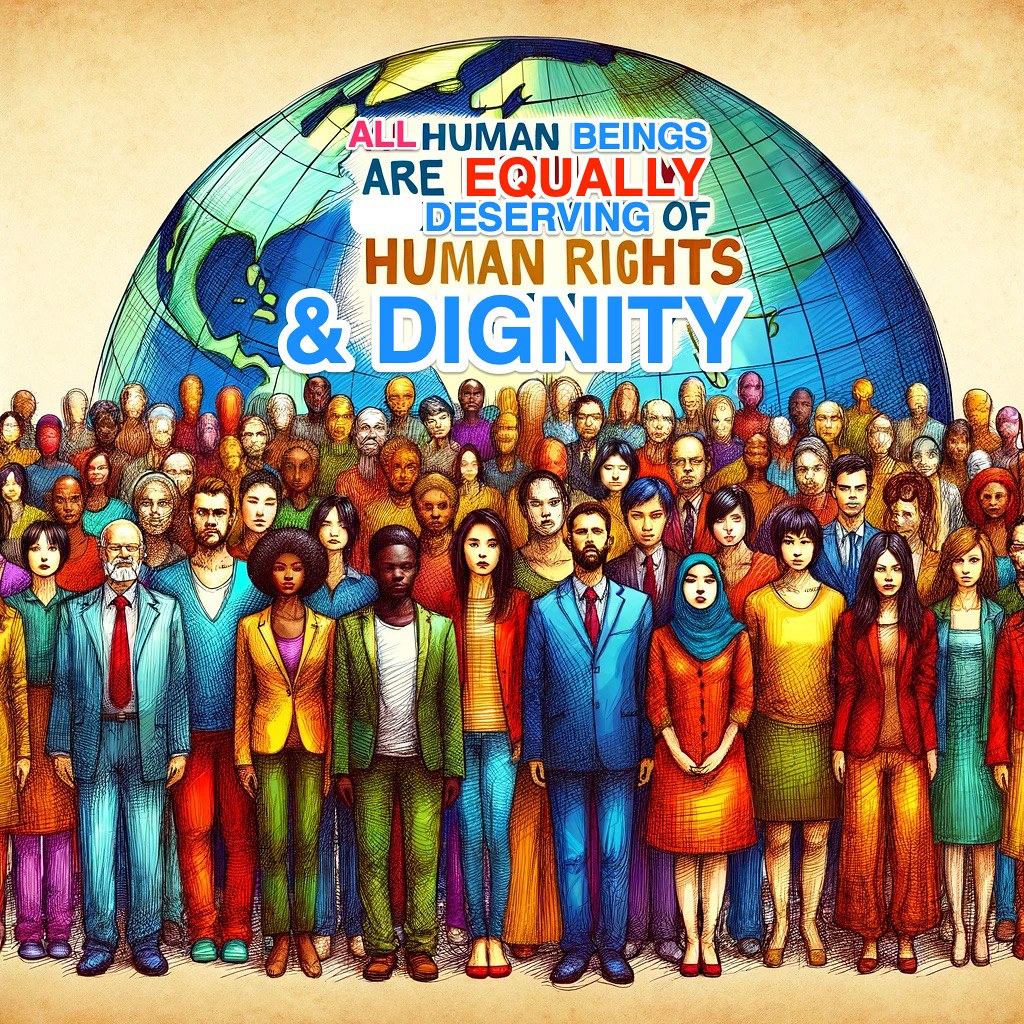In this past year, there has been an influx of natural disasters, devastating multiple homes and establishments. Thousands of people have been displaced leaving the question of what happens to the students who fall victim to these disasters. In this past year alone, Hurricane Milton, Helene, and the wildfires in California, have destroyed the regions, leaving an unknown future for the students.
After many of these natural disasters, students often relocate with their families only missing a few weeks or so of school, but some are not as fortunate. Majority of students who live at or below the poverty line, experience the absence of public schools because they are unable to relocate due to their financial situation. There are no longer resources such as free-lunch programs, creating an overall disconnect between the students and aid.
Districts that are low-income, often take longer to finish recovery projects due to the lower tax base. Many who live in these districts often can’t afford insurance making it even more difficult emotionally, physically, and financially for families to recover. Following the disaster, these districts normally experience a decrease in enrollment due to these circumstances.
For FEMA to assist the school, there needs to be documentation that the building has deteriorated and lost supplies Unfortunately, many of these schools do not have the staffing to maintain the required maintenance records. The recovery for students truly depends on the difference in income levels.
It is hard to immediately assess long term impacts on test scores and graduation rates, but there is a correlation between a student’s performance and their break from school. In general, students who were already struggling in school, will have increased difficulties in succeeding. Majority of students, regardless of class, will experience a decline in test scores and there will be a significant decrease as the income levels decrease.


![[Shark Fin Soup] by [Harmon] is licensed under [CC BY-ND 2.0]](https://flhsprospect.com/wp-content/uploads/2025/04/Screenshot-2025-04-24-8.24.37-AM.png)





